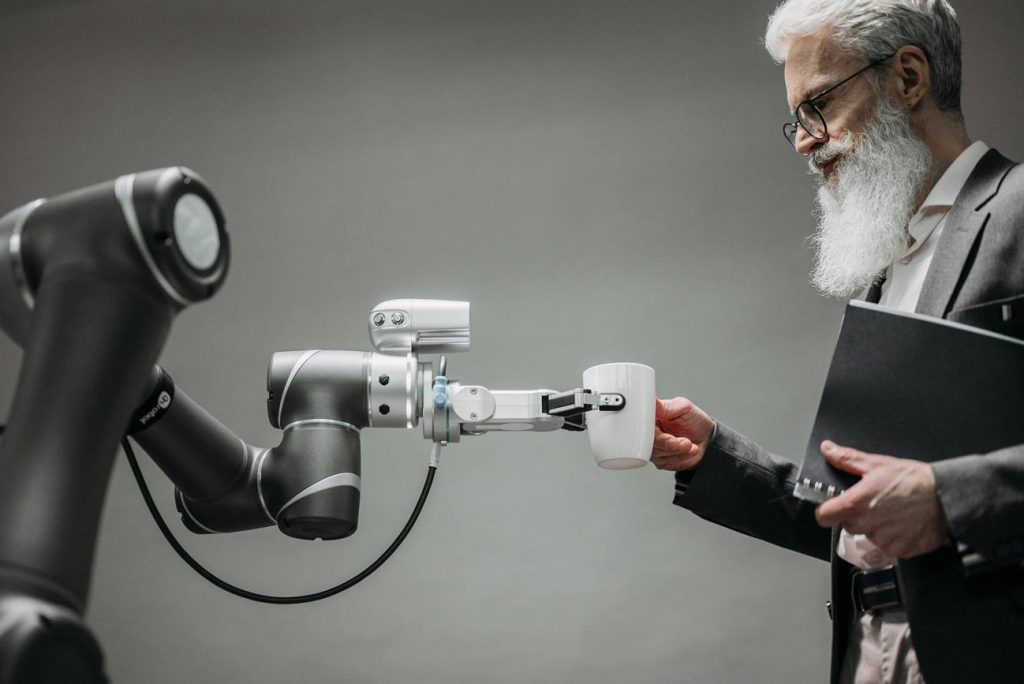
Artificial Intelligence (AI) and Machine Learning (ML) are often used interchangeably, but they are distinct concepts with different meanings and applications. Understanding the differences between the two is crucial for grasping their roles in modern technology and their potential impact on various industries.
What is Artificial Intelligence?
Artificial Intelligence, or AI, refers to the simulation of human intelligence in machines that are programmed to think and act like humans. The goal of AI is to enable computers to perform tasks that typically require human intelligence, such as problem-solving, decision-making, language understanding, and visual perception.
AI can be categorized into two main types: Narrow AI and General AI. Narrow AI, also known as Weak AI, is designed to perform specific tasks within a limited domain. Examples of narrow AI include virtual assistants like Siri and Alexa, which can answer questions, play music, and perform other tasks within their designated functions.
On the other hand, General AI, also known as Strong AI, refers to AI systems that possess the ability to understand, learn, and apply knowledge across a wide range of tasks, similar to human intelligence. While General AI remains a theoretical concept, researchers are continuously working towards developing AI systems that can exhibit human-like intelligence.
Understanding Machine Learning
Machine Learning is a subset of AI that focuses on the development of algorithms and statistical models that enable computers to learn from and make predictions or decisions based on data. The key idea behind Machine Learning is to allow machines to learn from experience and improve their performance on a specific task over time without being explicitly programmed.
Machine Learning algorithms can be broadly categorized into three types: Supervised Learning, Unsupervised Learning, and Reinforcement Learning. In Supervised Learning, the algorithm learns from labeled data, making predictions or decisions based on input-output pairs. Unsupervised Learning involves learning from unlabeled data, finding patterns and relationships in the data without explicit guidance. Reinforcement Learning, inspired by behavioral psychology, involves learning to make decisions by trial and error, receiving feedback from the environment.
Key Differences Between AI and ML
While Artificial Intelligence is a broad concept that encompasses any technique that enables computers to mimic human intelligence, Machine Learning is a specific approach to achieving AI. In other words, AI is the broader goal, while Machine Learning is one of the means to achieve that goal.
Artificial Intelligence includes various techniques and approaches beyond Machine Learning, such as expert systems, natural language processing, computer vision, and robotics. These techniques aim to simulate human intelligence in different ways, ranging from rule-based systems to statistical methods.
Machine Learning, on the other hand, focuses specifically on algorithms and models that allow computers to learn from data and improve their performance on a task without being explicitly programmed. While Machine Learning is a powerful tool for achieving AI, it is not the only approach, and AI systems can utilize a combination of different techniques depending on the task at hand.
Examples of AI and Machine Learning Applications
Artificial Intelligence and Machine Learning have numerous applications across various industries, ranging from healthcare and finance to transportation and entertainment. Examples of AI applications include:
- Virtual personal assistants like Siri and Alexa
- Autonomous vehicles and drones
- Medical diagnosis and treatment planning
- Recommendation systems for content and products
- Fraud detection and cybersecurity
- Language translation and sentiment analysis
- Robotics and industrial automation
Machine Learning is behind many of these AI applications, powering algorithms that learn from data to make predictions or decisions. For example, recommendation systems like those used by Netflix and Amazon analyze user behavior and preferences to recommend movies, shows, or products tailored to individual users. Similarly, healthcare applications use Machine Learning algorithms to analyze medical data and assist clinicians in diagnosing diseases and planning treatments.
While Artificial Intelligence and Machine Learning are related concepts, they are not the same thing. Artificial Intelligence is a broad field that encompasses any technique or approach that enables computers to mimic human intelligence, while Machine Learning is a specific subset of AI focused on algorithms and models that allow computers to learn from data and improve their performance over time.
Understanding the differences between AI and ML is essential for grasping their respective roles in technology and their potential impact on various industries. As AI continues to evolve and advance, it will likely play an increasingly significant role in shaping the future of society, economy, and technology.








